Mobility aids provide an excellent service to their users and make it accessible for them to travel across the road or even across the globe.
When people have a love for travel, it shouldn’t have to suffer just because they are struggling with mobility or increasing age. Mobility aids help to give them back their confidence and allow them to continue to travel with friends or families. We are very lucky to live in such a beautiful country with many historic and scenic attractions that are suitable for all ages and all levels of movement.
When you’re travelling around Ireland with a mobility aid, there are a few simple factors that should be considered.
Destination: Most of Ireland is reachable if you are travelling by car or public transport, and the majority of all towns will have some form of accommodation, especially if it is serviced by public transport. The problem you may face however, will be the accessibility of the room you will be in or the floor it is on.
If you need a walking aid or wheelchair, you may need a spacious room to comfortably move around in your wheelchair or rollator. And if the accommodation does not have a lift to the higher floors, you will need a ground floor room. When you’re booking your accommodation you will need to make it known to the travel agency/receptionist or booking company so they can accommodate your needs.
Type of transport: You will need to have a plan in place, so you know how you are getting around. If you are driving your car, ensure you leave enough room inside your boot/back seat to store your rollator, wheelchair or walking frame. The majority of these aids can be folded down into a flat-like position for ease of storage. The folding mechanism is also very helpful if you are using public transport.
Most buses will either have a storage compartment in the aisle or an underneath storage bay where people store suitcases, bikes and other large belongings. When travelling on a train, there are areas in each carriage where personal belonging such as scooters, rollators can be stored. If you are travelling on a train with a wheelchair or powered scooter, it must be booked in advance with a minimum of 24 hours if you need a ramp to assist you with boarding the train. Remember, there are a limited number of wheelchair accessible spaces on trains, so when you can, pre-book your tickets.
Attractions: If you need to use a mobility aid when going to attractions, it is important that you contact the organisers where possible to make them aware that you are using one. If you are visiting the likes of a cave or somewhere with unsteady terrain, you should ask them if it is possible to go to the attraction when using a rollator, scooter or wheelchair or if you use a walking stick/cane, maybe a hurrycane would be best with the three-point base. You should also make them aware if you have a partner, friend or carer attending with you so they know you are not alone if you need assistance. When researching different tourist spots, if possible you should read reviews to see if other people with mobility aids have visited and how they got on. Always make sure where you are going is suitable for people with limited or no mobility.
Rest: Although you may be on an active holiday, exploring areas you have never been before, tasting different cuisine or educating yourselves with historic landmarks, it is important that you also take time to rest. Travelling can be exhausting and the last thing you want is to be too tired to go sightseeing. The days of arrival and departing can be very tiring if it is a long trip and you never stopped for some fresh air or to stretch your legs. It is vital that if you are fatigued after your trip that you take time to rest and recover so you can fulfil your to-do list with lots of energy. If you are going to be on day trips where you will be pushing your rollator or wheelchair for a long time, that you give your arms time to recover too as the extra exercise will cause them to be tired, especially the day after. If someone else is pushing you in your wheelchair, be conscious that they also need time to rest their arms and prepare for the next day/trip.
Packing: When planning your holidays, it will more than likely be an overnight stay which means you need to pack a bag. If you are arranging an active trip to go see historical or scenic landmarks, you should be comfortable in what you are wearing. You should pack loose clothing, as tight clothing may affect your mobility depending on the activities you are doing. Wear comfortable footwear as you don’t want to be suffering from sore feet, which may prevent you from completing your holiday to-do list. Because we are in Ireland, you can never go wrong with packing a coat as the Irish expression goes, ‘if you don’t like the weather, wait ten minutes.’
If you travel regularly, it is worth investing in a good quality, durable wheeled luggage case which is well-balanced and with quality wheels – if you ask any seasoned traveller, they will tell you this is money very well spent. Don’t pack too much as closing the case can be troublesome, plus you may need extra room for some spontaneous holiday purchases.
Medical Equipment: If you are on any medication or require medical equipment e.g. a CPAP machine, you should always bring it with you. When packing your car, always make sure the bag that has the medication in it is easy to reach in case of an emergency. You should carry a medical letter from your doctor stating a list of the medicine you are currently on, and if needed, bring a new prescription in case anything happens to your bags and you need to get more medicine.
Aids for Daily Living: If you require specific aids for daily living, you should store these safely so they don’t get damaged as you may need them daily. If you are travelling by car to your destination, and you are planning stops along the way for food or tourist sites, you should have them readily available so you can quickly get them out for use. Likewise, if you are travelling by public transport, it may be worthwhile to have a small bag or satchel with the daily living aids you may require, so they are easily accessible.
Some of Ireland’s top accessible friendly attractions are the Irish National Stud & the Japanese Gardens, Dublin Zoo, Powerscourt Estate, House & Gardens, Seamus Heaney HomePlace, Newgrange Stone Age Passage Tomb at Boyne Valley, Fota Wildlife Park and the National Museum of Ireland.
Once you take time to consider all of these factors and make the accommodation, travel and tourist attractions aware of your arrival in advance, there should be no reason that you cannot enjoy your Irish holiday. These factors are tips to make it as stress-free as possible and we hope they help you.

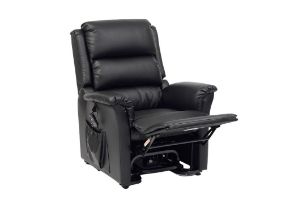
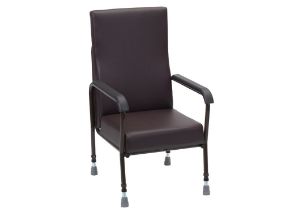
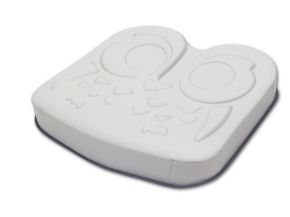
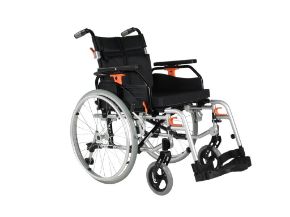
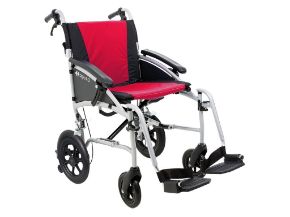
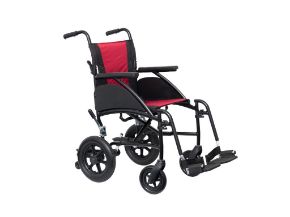
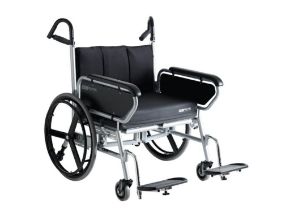
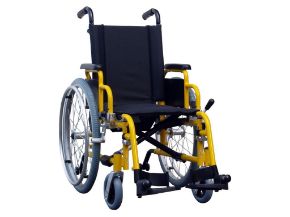



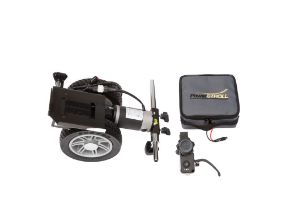


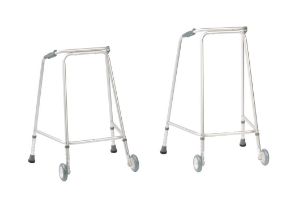
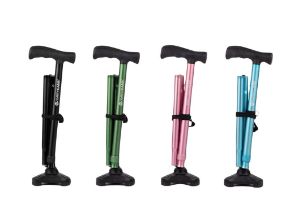

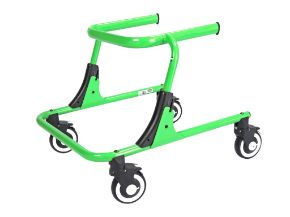
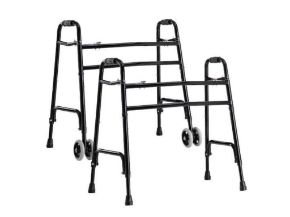

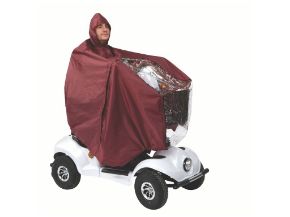

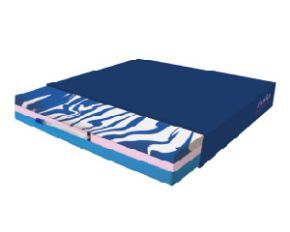
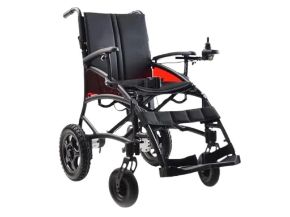

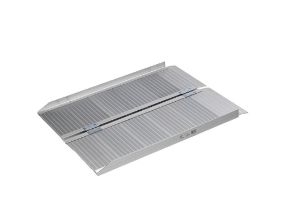
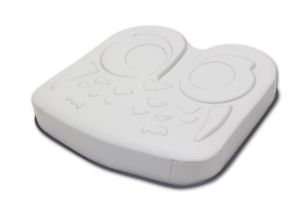
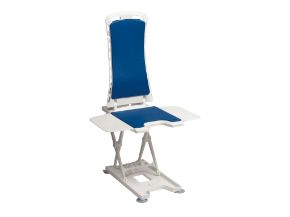
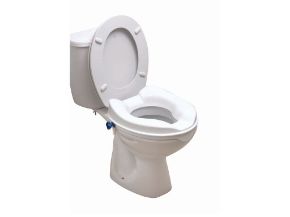


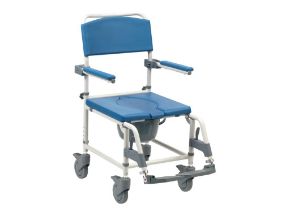
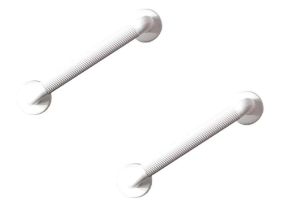

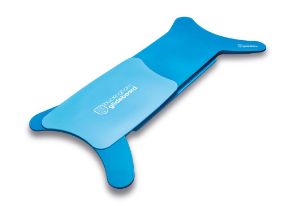
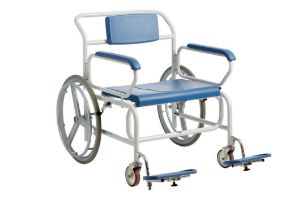
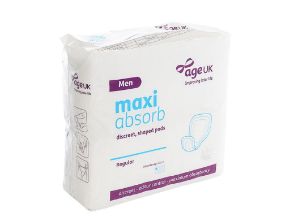
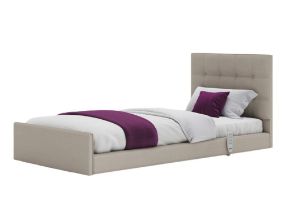

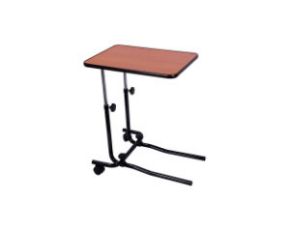




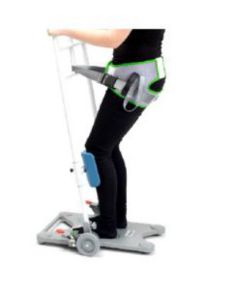

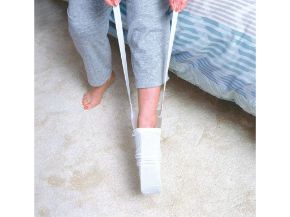

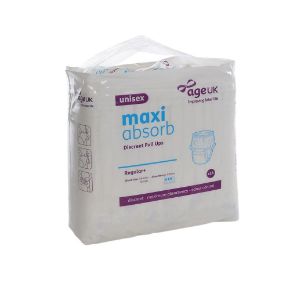
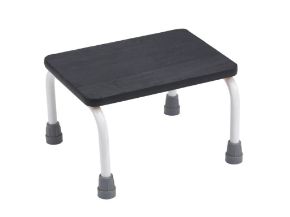
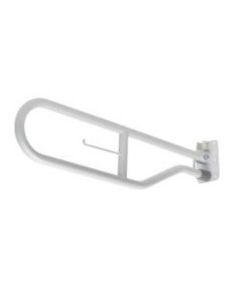
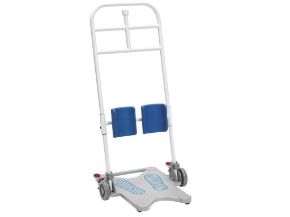

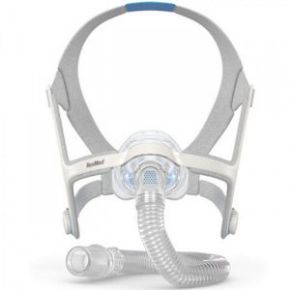
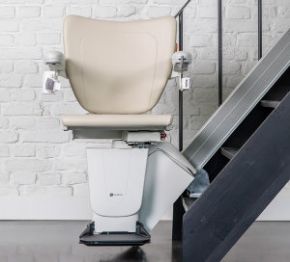

 (900 x 713 px) _900.jpeg)
_900.jpeg)
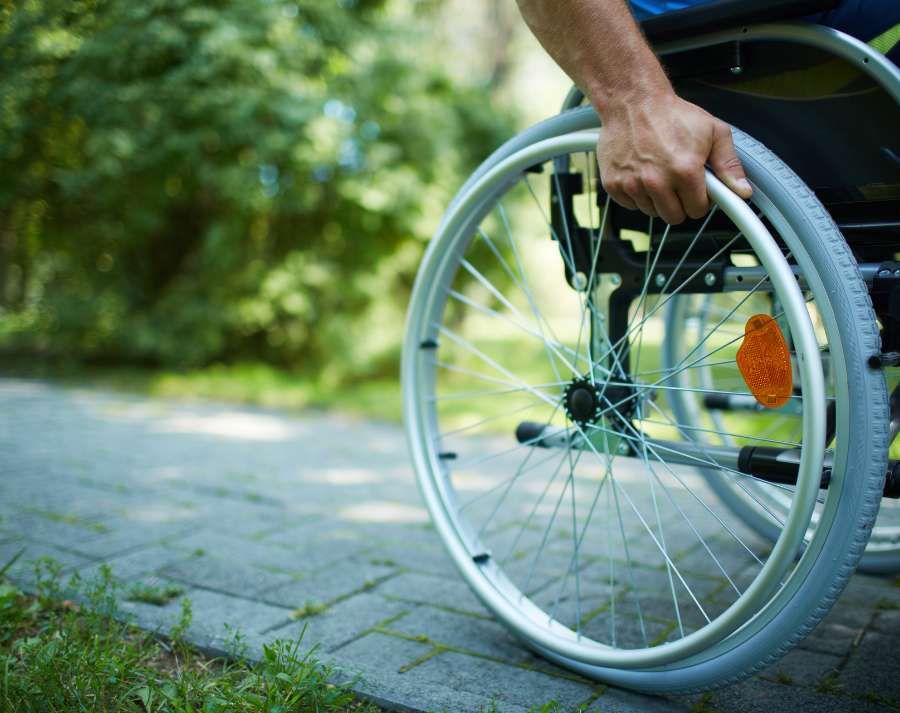
_900.jpeg)
